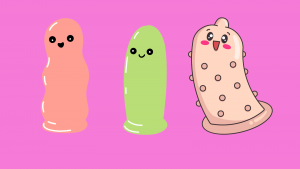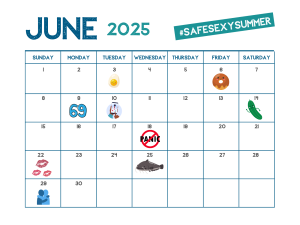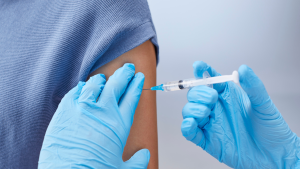How does someone get trich?
Trich is spread through sexual contact with an infected partner: this includes penis-to-vagina intercourse or genital-to-genital contact.
What are the symptoms of trich?
Only about 30 percent of people that have trichomoniasis develop any symptoms. When trich does cause symptoms, they can range from mild irritation to severe inflammation.
Symptoms of trichomoniasis are more common in women. These include:
- Vaginal discharge that is green, yellow or grey
- A bad vaginal smell
- Itching in or around the vagina
- Pain during sex
- Pain when urinating
Most men don’t have symptoms of trich but when they do, symptoms can include itching or irritation inside the penis, a discharge or pain when urinating.
Some people with symptoms of trich get them within 5 to 28 days after being infected, but others do not develop symptoms until much later. Symptoms can come and go, and without treatment, the infection can last for months or even years.
How can trich be prevented?
Using condoms correctly every time during sexual intercourse will help reduce the risk of getting or spreading trichomoniasis.
How is trich diagnosed?
It isn’t possible to diagnose trichomoniasis based on symptoms alone (remember–many people don’t have symptoms). A healthcare provider must perform a test to diagnose trich.
The parasite is harder to detect in men than in women. General tips for women to help their provider find out what they may have include:
- Schedule the exam when you’re not having your monthly period.
- If you have sex less than 24 hours before the exam, use condoms.
Healthcare providers often diagnose trich in women by putting a sample of vaginal fluid or discharge on a slide (called a “wet preparation”) and viewing the parasite under a microscope. This test is not always reliable.
A culture test is another method to detect trich, and can be used with males and females. Culture tests use urine, or a swab from the vagina or urethra, and make the trich parasite easier to find by “growing” it in a lab.
Recently, tests that are much more accurate have become available, including DNA tests that are reliable in men and women. These tests can be done with vaginal swabs or urine.
Women may have a trich test done along with a pelvic exam. One of these tests even allows healthcare providers to check for trichomoniasis, chlamydia, and gonorrhea using the same sample.
How is trich treated?
Trichomoniasis is curable with antibiotics, typically metronidazole (Flagyl) or Tinidazole (Tindamax). If you are being treated for trichomoniosis, keep these facts in mind:
- Use all the medicine prescribed, even if your symptoms go away
- Sex partners must also be treated, or you will get trich again
- Do not have sex until all partners have finished the medication
What if I have trich while pregnant?
Trichomoniasis can cause babies to be born early or with low birth weight. If you think you may be pregnant—or are planning to become pregnant—be sure to talk to your healthcare provider and ask about testing for trich.
Are there other complications with trich?
Trich can cause genital inflammation that makes it easier to become infected with HIV or to pass HIV on to a sex partner.





